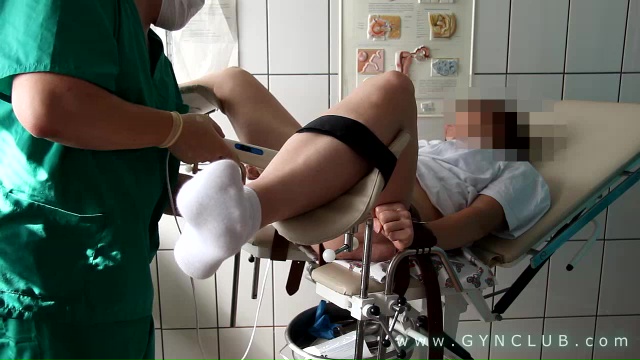Being restrained by the hands and feet on a gynecological chair can evoke a range of emotions, depending on the individual and the context:
1. Vulnerability: The feeling of being restrained can heighten vulnerability, as the person may feel exposed or powerless in the situation.
2. Anxiety or Fear: For some, restraint can trigger anxiety or fear, especially if they feel trapped or are not in control of their own body. The clinical setting may amplify these feelings if there is an association with discomfort or past negative experiences.
3. Helplessness: The inability to move might lead to feelings of helplessness or loss of autonomy, especially if the situation is unfamiliar or unsettling.
4. Excitement or Arousal: In a consensual and safe context, restraint can evoke excitement or arousal for individuals who enjoy power dynamics or submission. The sense of surrender can be pleasurable for those who are inclined toward such experiences.
5. Trust: If the experience occurs in a consensual and controlled environment, the restrained individual may also feel a deep sense of trust in their partner or the medical professional, knowing that they are in safe hands.
6. Embarrassment or Shame: For some, being restrained and exposed might bring about feelings of embarrassment, especially in a situation that involves intimate physical examinations.
7. Powerlessness and Control: The dynamic of powerlessness versus control can be emotionally intense. For some, this can lead to discomfort, while for others, it may be a key aspect of their experience, especially in the context of fetish or roleplay.
Ultimately, the emotional response to being restrained in a gynecological chair depends on the individual’s psychological state, past experiences, and whether the situation is consensual or imposed.
